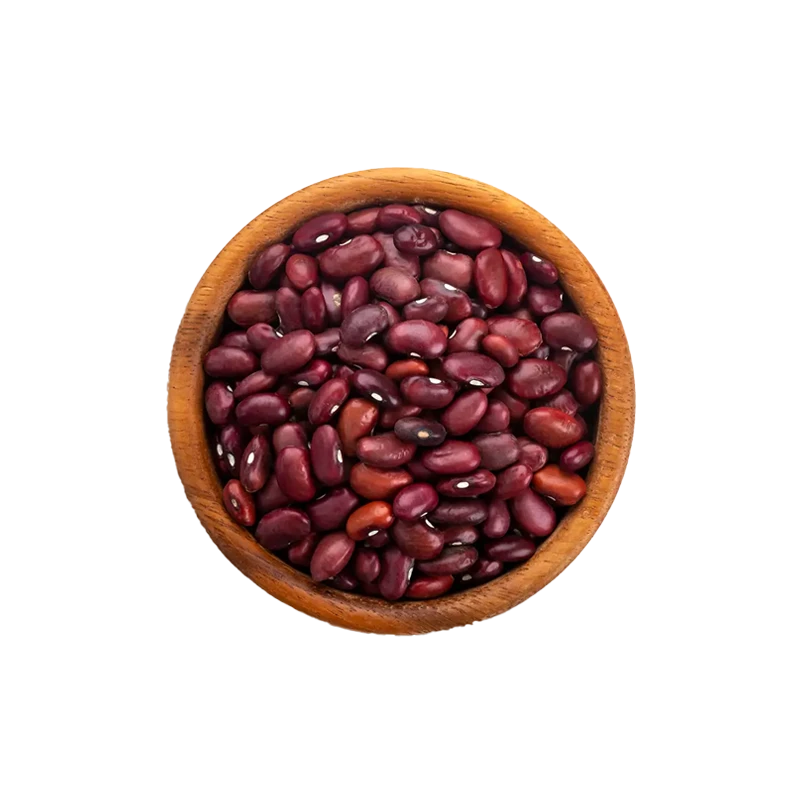Lasagne Frozen — Nutrients, Health Benefits, and Shopping Tips

Written by Listonic Team
Last update on September 4, 2024
Nutrition facts
Nutrition facts
Amount per 100 g
Calories
🔥 120 kcal
| Nutrients per: 100 g | Value | % Daily Value* |
|---|---|---|
| Carbs | 16 g | 5.82% |
| Fiber | 1 g | 3.57% |
| Sugars | 2 g | 4% |
| Glycemic Index | 50 | - |
| Protein | 6 g | 12% |
| Sodium | 380 mg | 16.52% |
| Total Fat | 3 | 3.85% |
*The % of Daily Value (DV) tells you how much a nutrient in a serving of food contributes to a daily diet. 2,000 calories a day is used for general nutrition advice.
50
🟢 Low Glycemic Index
3 g
🥕 Low Fat Content
Did you know?
Health benefits
- Convenient and quick to prepare, making it an easy meal option for busy lifestyles.
- Provides balanced nutrition with a combination of protein, carbohydrates, and fats.
- Rich in essential vitamins and minerals from ingredients such as meat, cheese, and vegetables, supporting overall health and well-being.
- Can be high in protein from meat and cheese, essential for muscle growth, repair, and overall body function.
Health risks
- High sodium content in many commercial frozen lasagnes, which can contribute to hypertension and increased cardiovascular risks.
- High fat content particularly in varieties made with cheese, creamy sauces, or fatty ground meat, which can raise cholesterol levels and increase the risk of heart disease.
- High calorie content which can contribute to weight gain if consumed frequently or in large portions.
- Potential for artificial additives such as preservatives, flavorings, or colorings in some commercial frozen lasagnes, which may cause adverse reactions in sensitive individuals.
How to choose lasagne frozen
Frozen lasagne should look as appetizing as its fresh counterpart, with well-defined layers and a vibrant color. It should reheat evenly, with the cheese melting properly and the pasta maintaining its integrity. The sauce should remain moist and flavorful, not drying out or becoming too thick.
Do not use frozen lasagne that has freezer burn or ice crystals, as this can affect its texture and flavor. Quality frozen lasagne will offer convenience without sacrificing taste, providing a homemade feel with minimal preparation.

How to store lasagne frozen
To store frozen lasagne, ensure it is well-wrapped in aluminum foil or plastic wrap before placing it in the freezer. Freezing lasagne in portions can make it easier to thaw and reheat. Properly stored, frozen lasagne can last up to three months.
Avoid refreezing lasagne once it has been thawed, as this can affect the texture and flavor. Do not leave frozen lasagne out at room temperature to thaw; instead, thaw it overnight in the refrigerator. This method preserves the quality and ensures safe consumption.
✅ Extra Tip
How long does it last?
Frozen lasagne can last for 3-6 months in the freezer. Ensure it is tightly wrapped to prevent freezer burn and maintain its quality.
What to do with leftovers?
Leftover frozen lasagne can be repurposed in several ways to create new meals. In the kitchen, it can be baked as usual and served in smaller portions as a side dish, or cut into bite-sized pieces and turned into lasagne bites by reheating them in the oven until crispy.
Beyond simply reheating, leftover lasagne can be transformed into other dishes. For example, it can be layered with fresh vegetables and cheese in a casserole dish and baked to create a lasagne-inspired bake. Additionally, portions of frozen lasagne can be chopped and added to soups or stews to give them a hearty boost. While frozen lasagne doesn't have many non-culinary uses, it can be a lifesaver for quick weeknight meals or when you need to feed a crowd without much effort.
👨⚕️️ Medical disclaimer
Discover products from other categories
Listonic Team
Fact-checked
Our editorial team checked this article to make sure it was accurate at the time of publishing it.
Get the top-rated shopping list app

lasagne frozen
Table of contents







